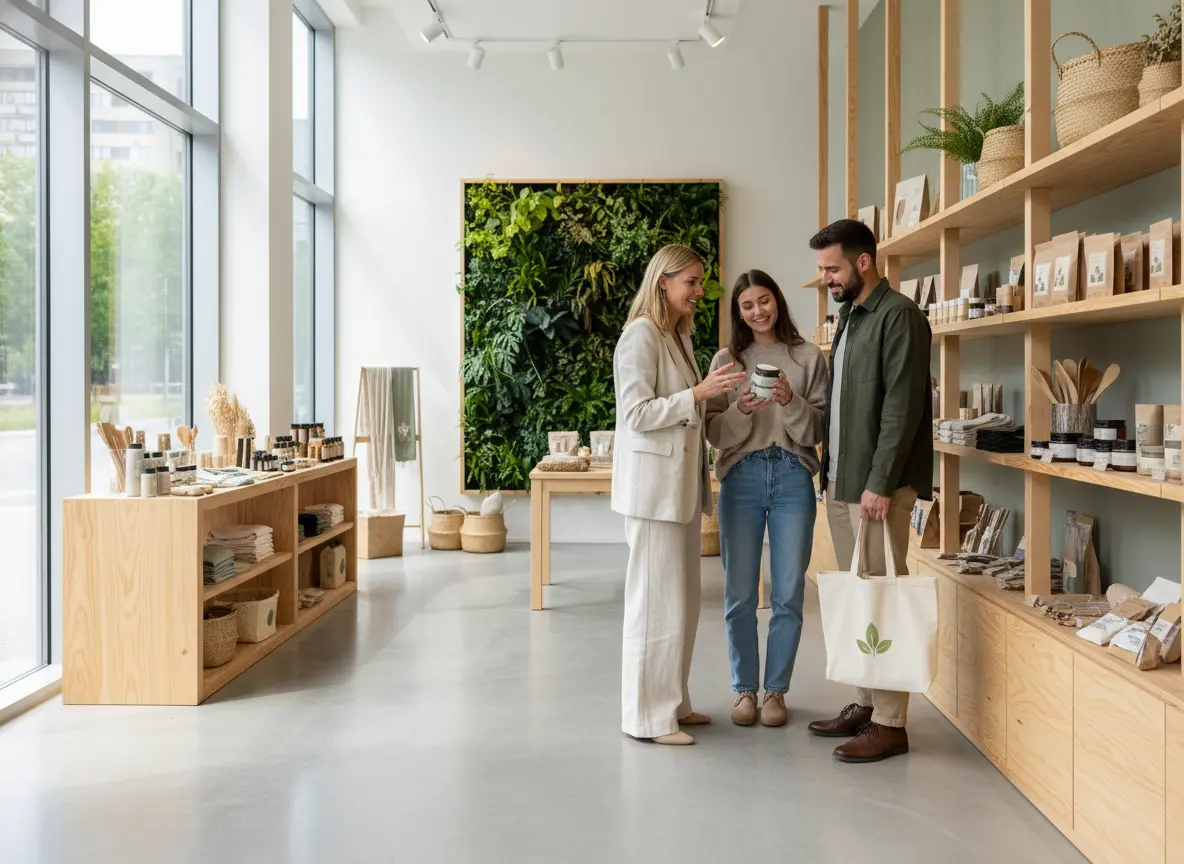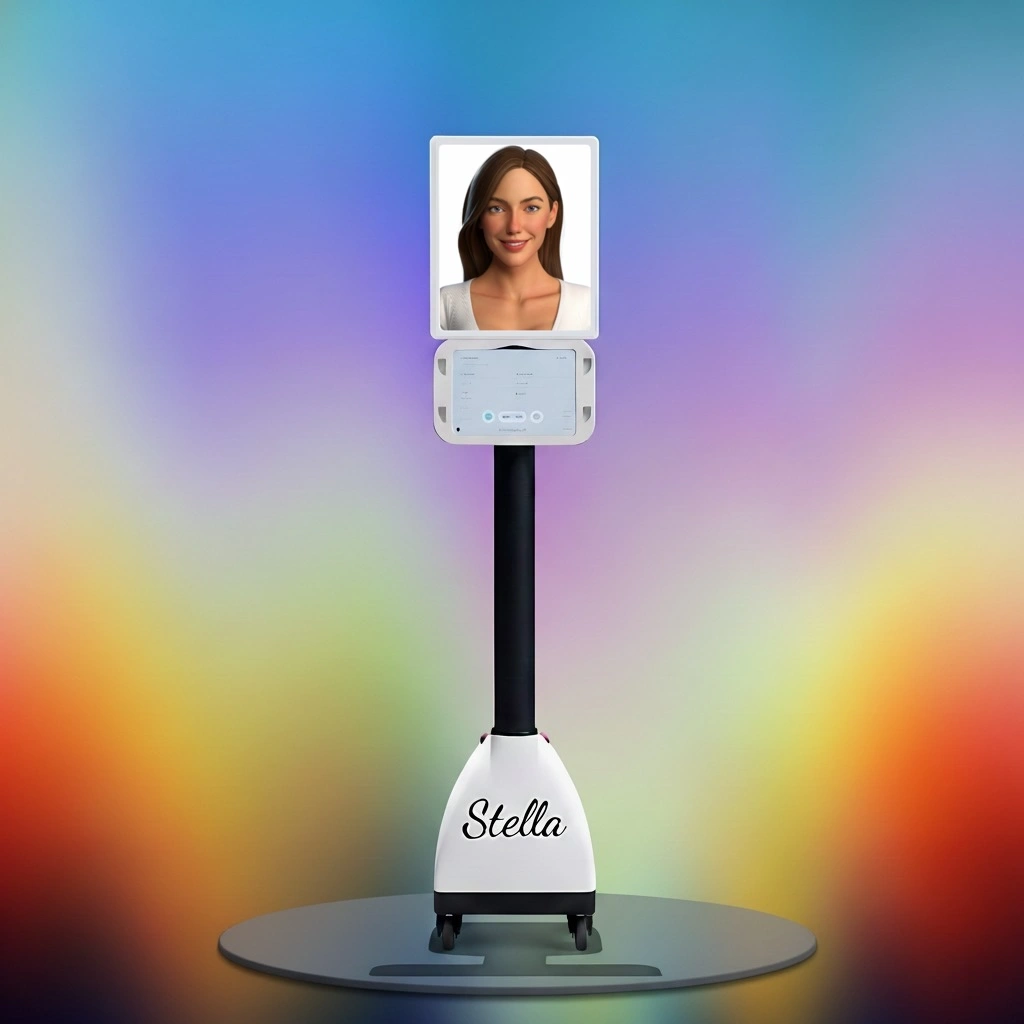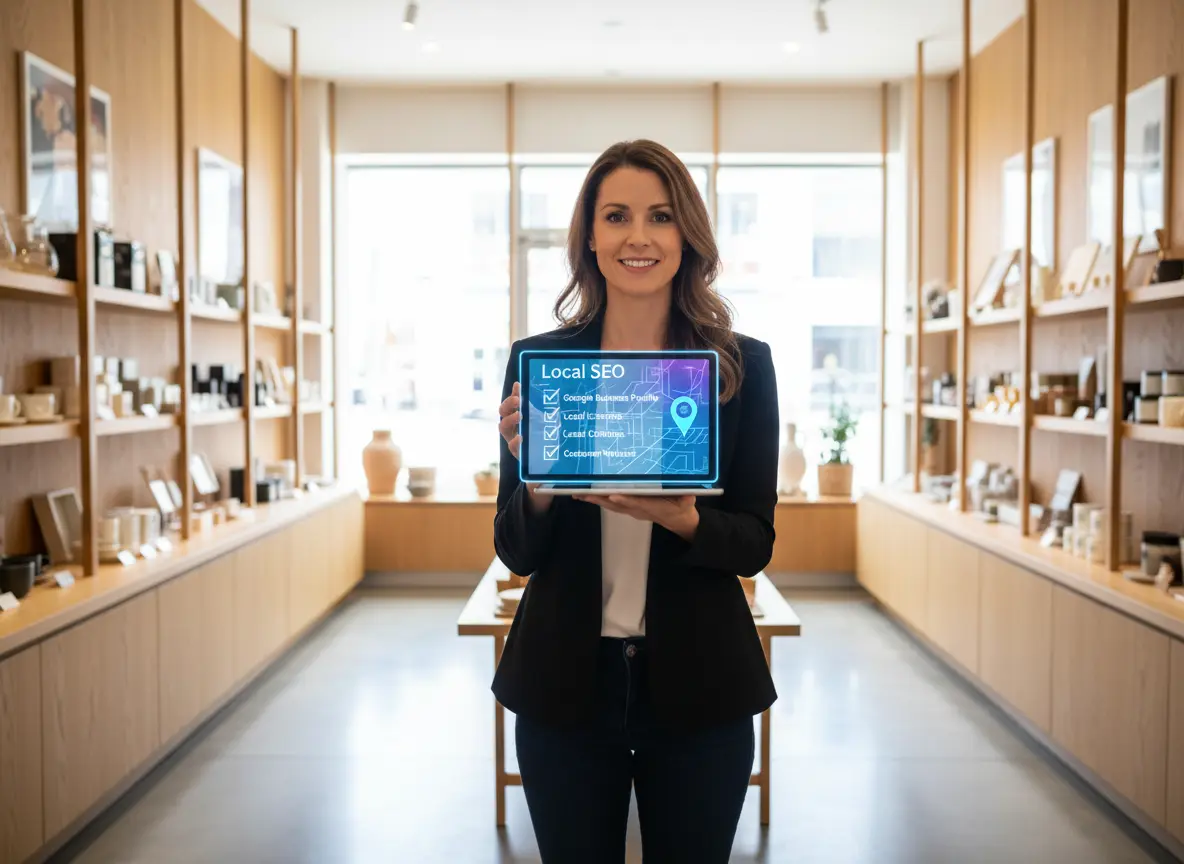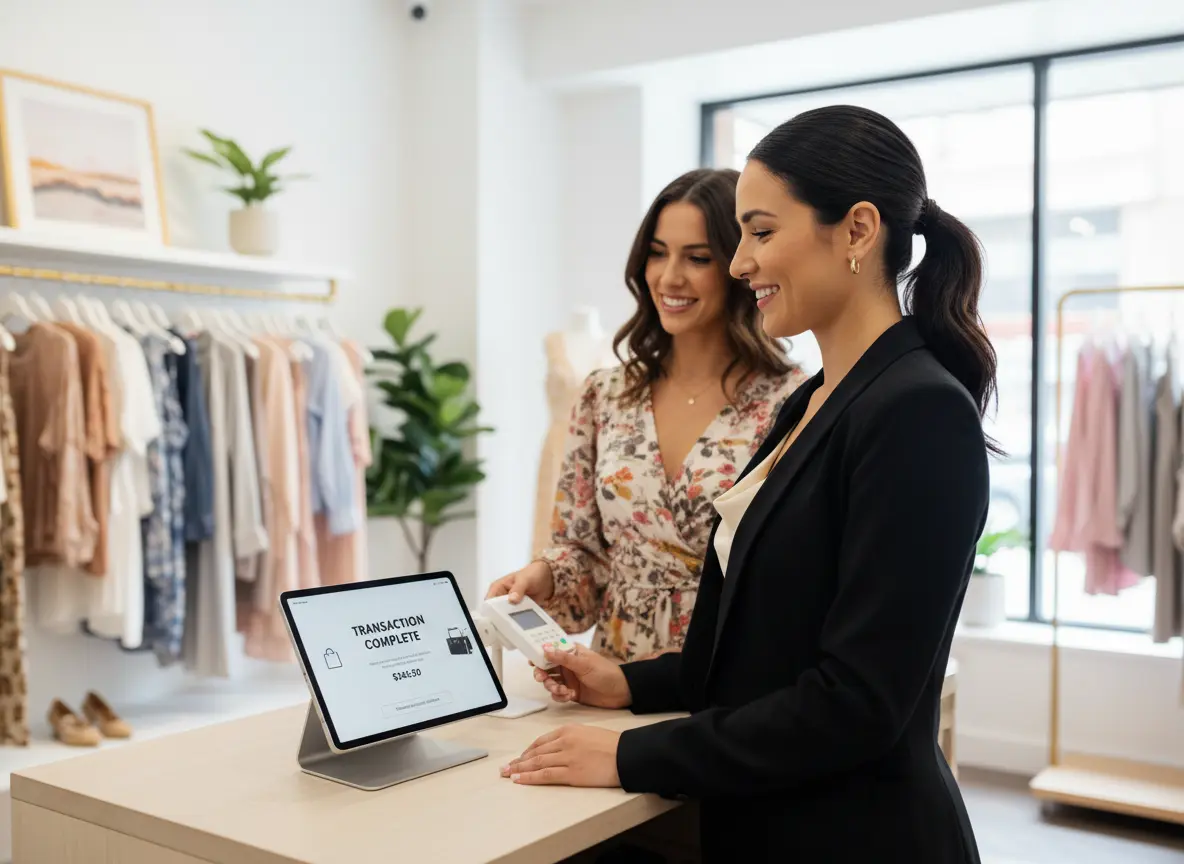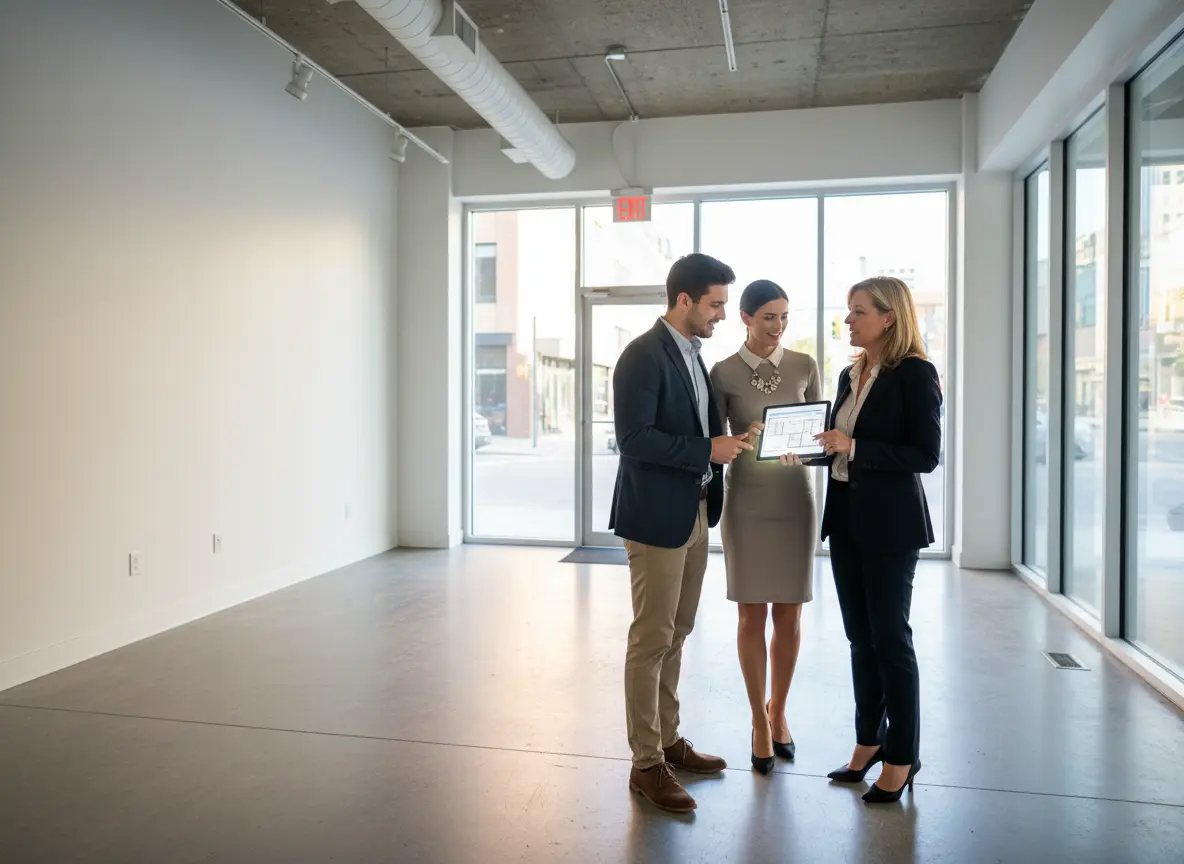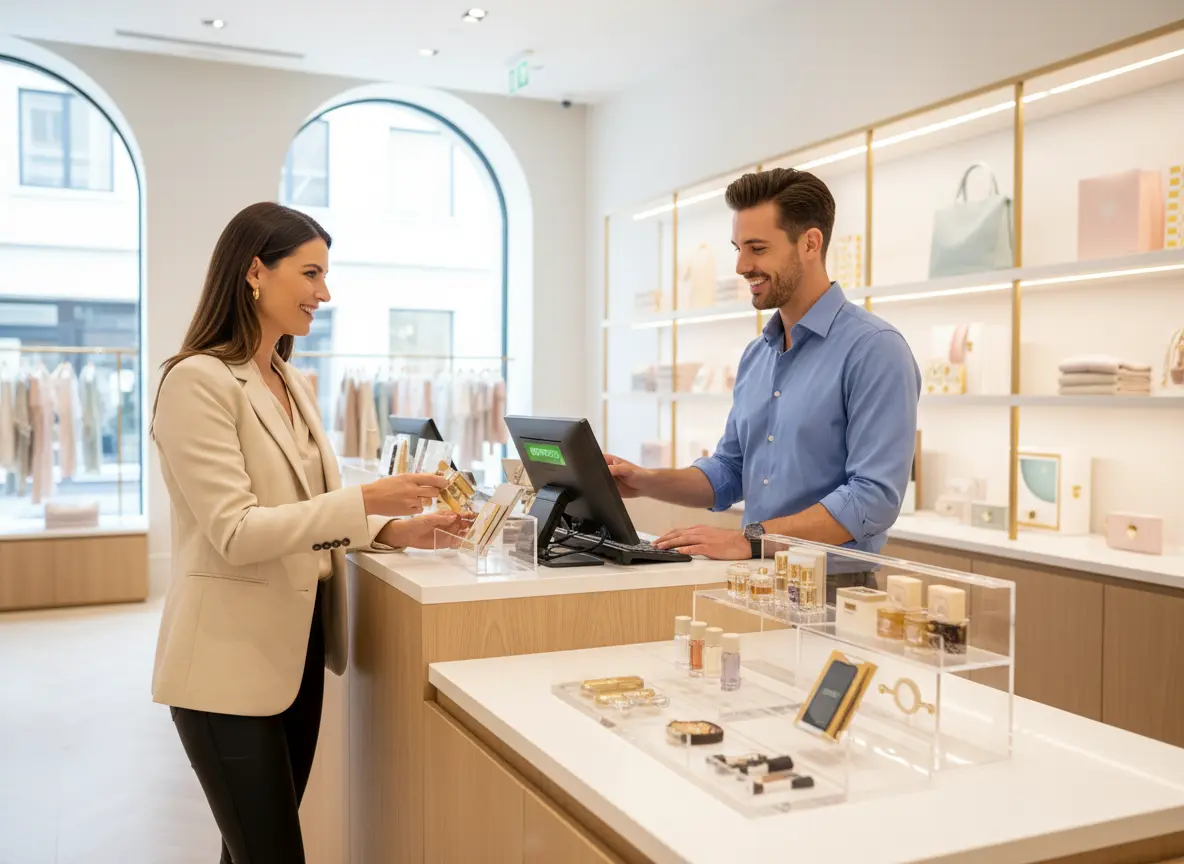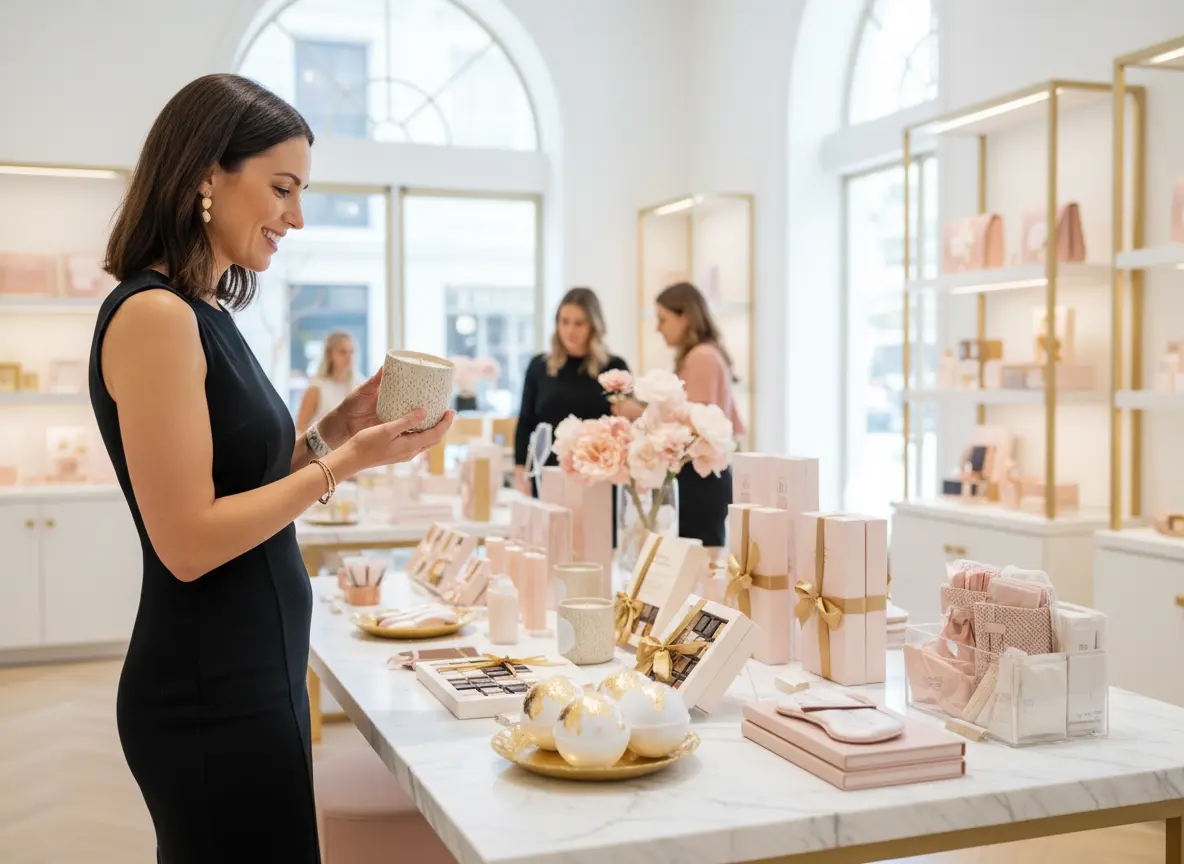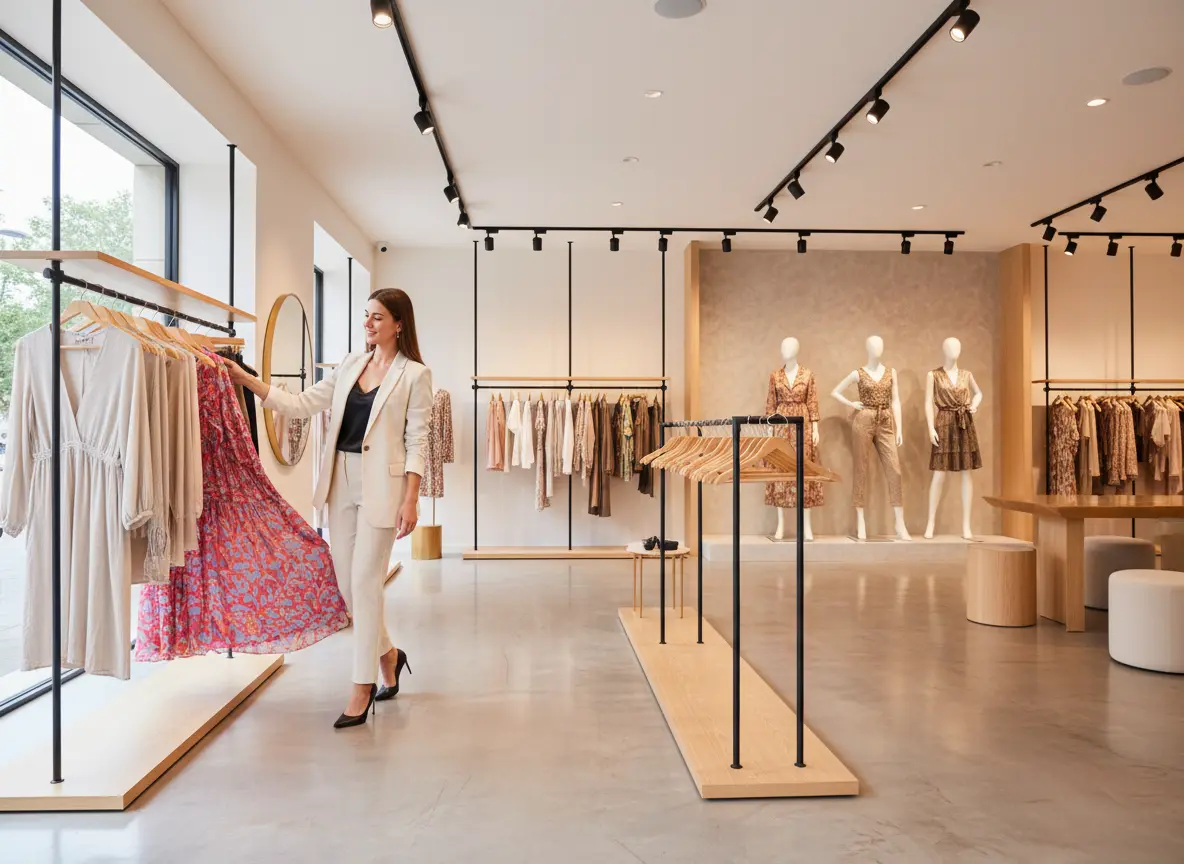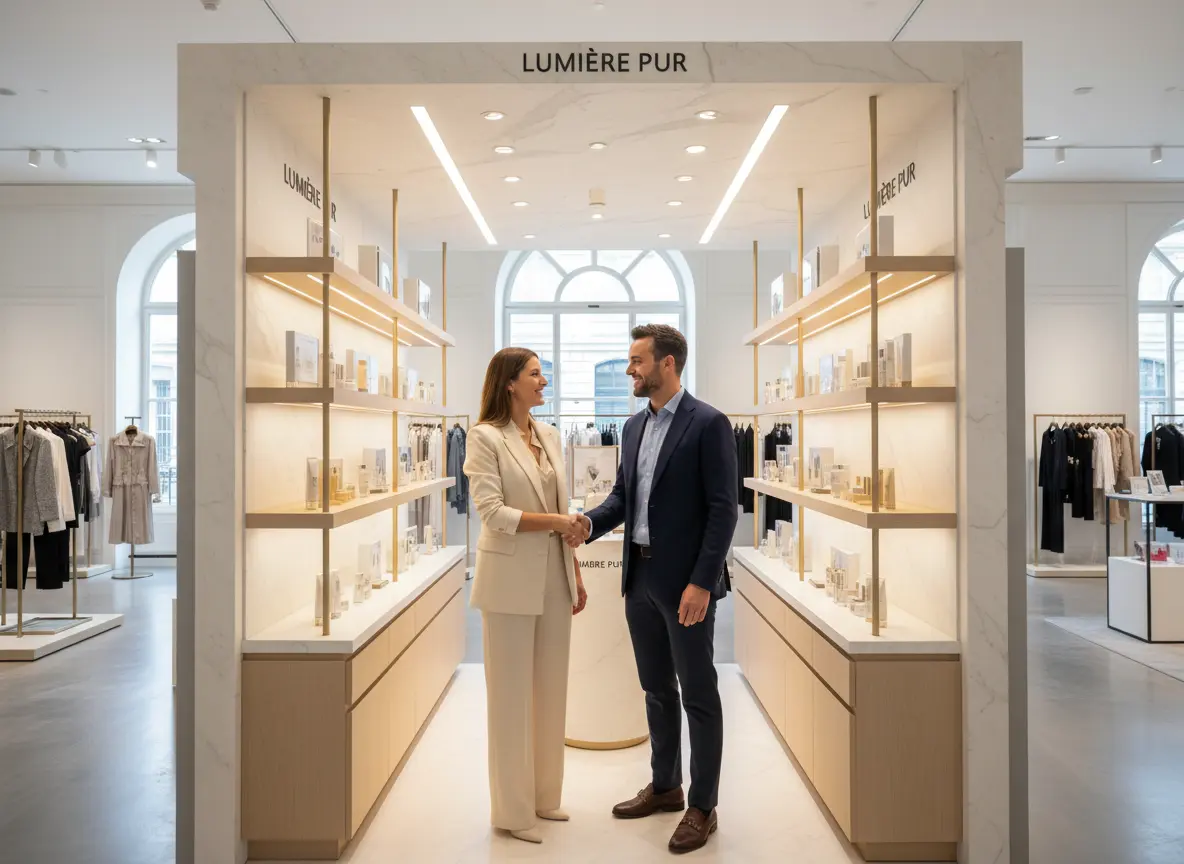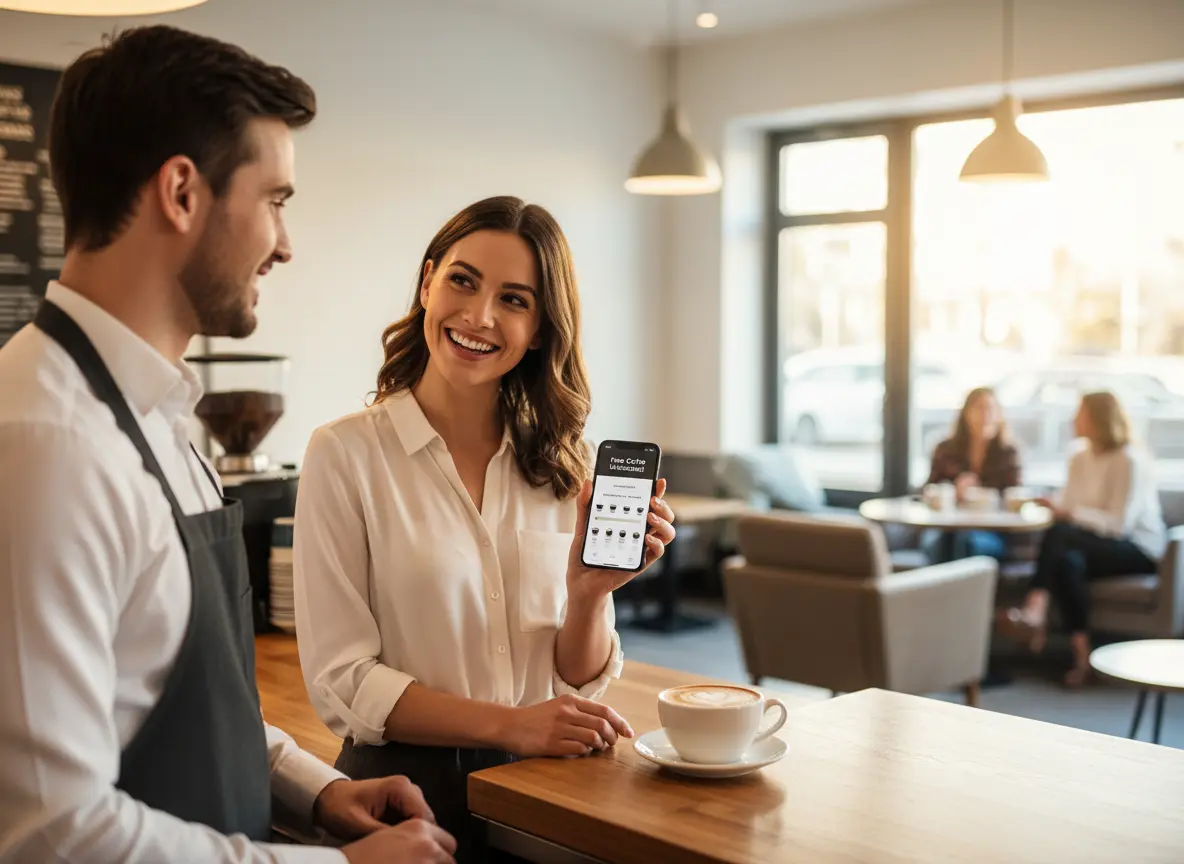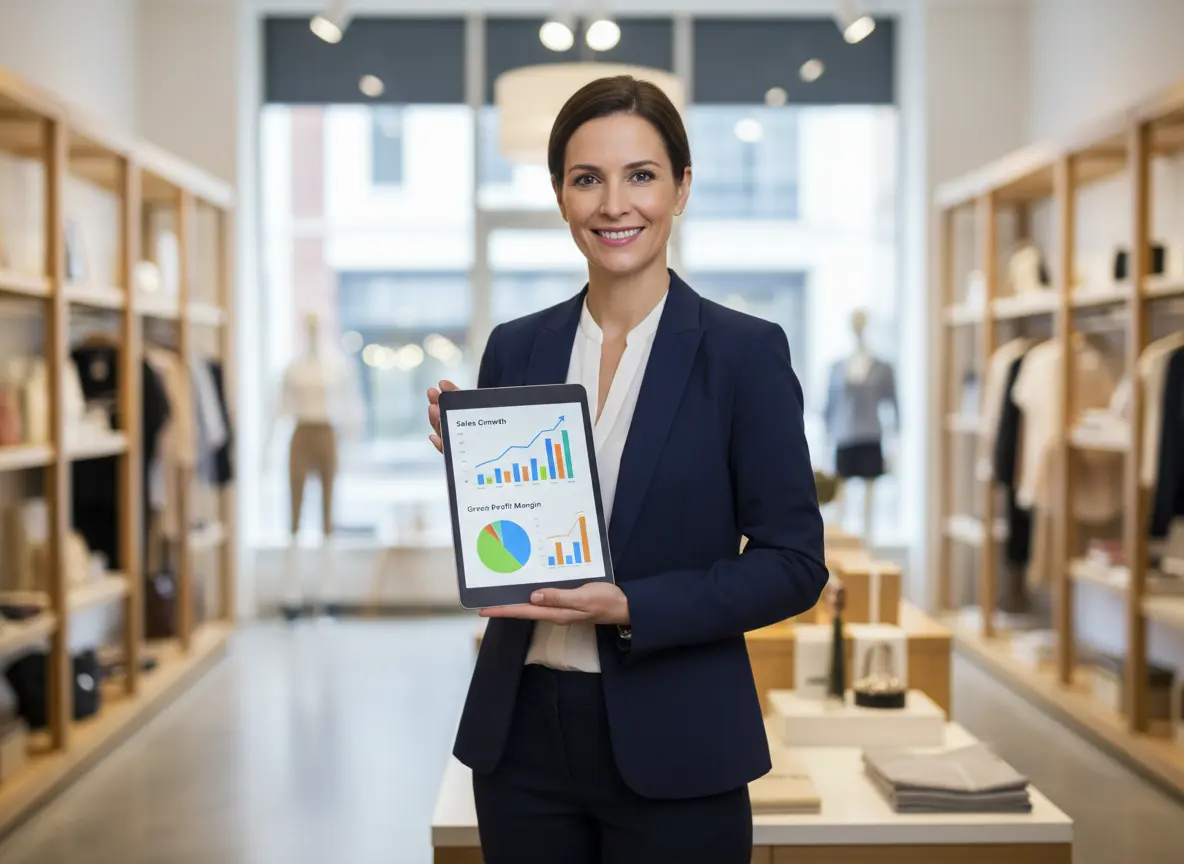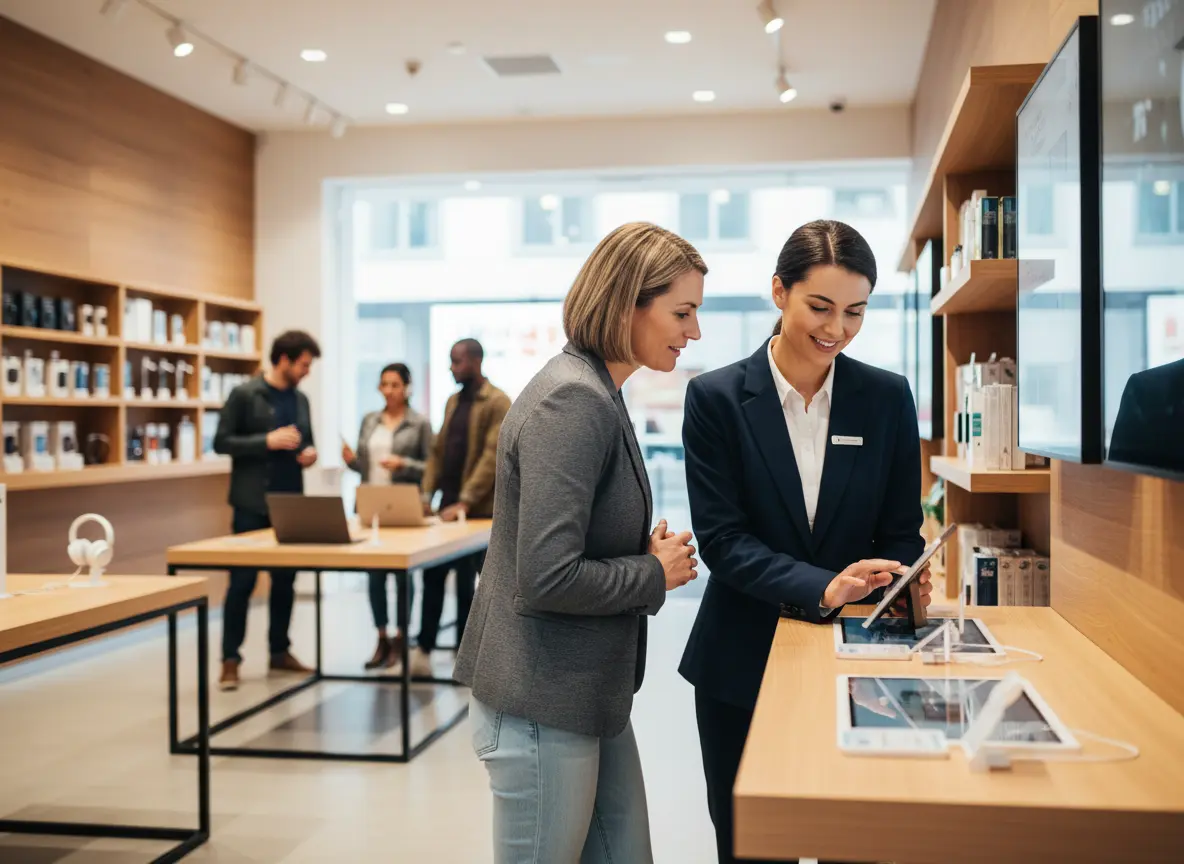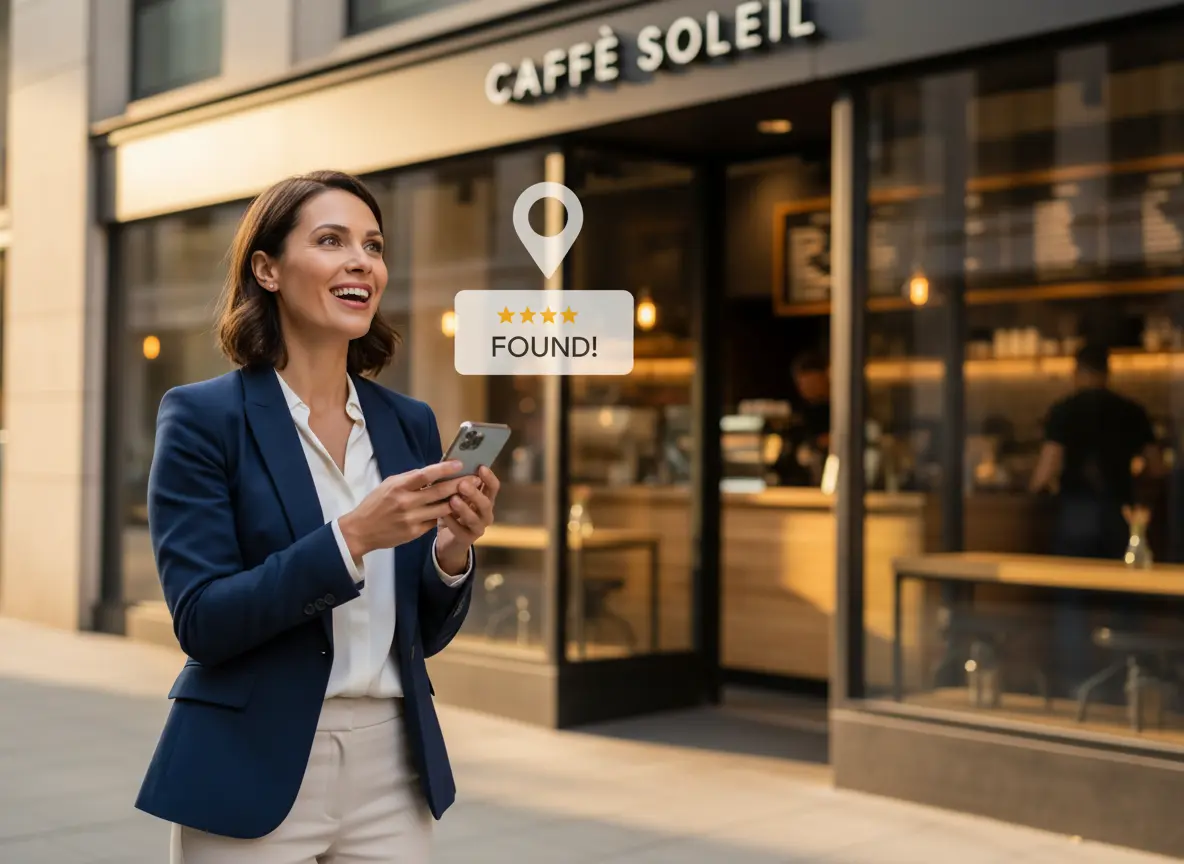Let's Be Honest: "Sustainable" Sounds Expensive
When you hear the word “sustainability,” you probably picture a massive corporation spending millions on a Super Bowl ad about their carbon-neutral paperclips. It feels big, performative, and frankly, a little out of reach for a store owner who’s just trying to figure out where that last box of inventory went.
But here’s the thing: today’s shoppers—especially the ones with disposable income—are actively looking for businesses that care. They’ve moved beyond just wanting a good product; they want to feel good about where they spend their money. A study by Simon-Kucher & Partners revealed that 34% of consumers are willing to pay more for sustainable products or services. That's a third of your customers, ready to reward you for making smarter choices.
So, let's ditch the corporate jargon and talk about practical, profitable, and sometimes surprisingly simple ways to make your retail store more eco-friendly. This isn’t about saving the polar bears single-handedly; it’s about future-proofing your business and attracting a loyal customer base that will stick with you for the long haul.
Beyond the Reusable Bag: Real-World Eco-Friendly Wins
Going green doesn’t mean you have to install a million-dollar solar panel array on your roof tomorrow. It’s about making a series of smart, incremental changes that add up. Here are a few high-impact areas to focus on that won’t require a second mortgage.
Ditch the Plastic (But Do It Smartly)
Nothing screams “I’m stuck in 2005” quite like a flimsy plastic bag. Your customers don't want their single, artisanal candle triple-wrapped in bubble wrap inside a box filled with styrofoam peanuts. It’s wasteful, and honestly, it’s a bad look. The “unboxing experience” is a real thing, and a mountain of plastic isn’t the vibe.
- Smarter Packaging: Switch to recycled paper bags, cardboard mailers, or compostable materials. Use crinkle paper or other recyclable fillers instead of plastic bubbles. It looks more premium anyway.
- Incentivize Good Behavior: Offer a tiny discount (even 5%) to customers who bring their own bags. It’s a small gesture that shows you’re serious about reducing waste and rewards them for participating.
- Product Sourcing: Pay attention to how your vendors package their products. Prioritize brands that use minimal or plastic-free packaging. If your favorite supplier is still using excessive plastic, tell them. Your feedback as a retailer matters.
The Art of the Sustainable Supply Chain
Okay, “supply chain” sounds intimidating, but it’s really just about knowing where your stuff comes from. This isn’t about personally auditing factories in another hemisphere. It’s about making conscious choices that also give you a fantastic story to tell.
Think about it: what’s a more compelling sales pitch? “This sweater is 100% acrylic and came off a very large boat,” or, “This sweater was hand-knit by a cooperative of artisans in Peru using ethically-sourced alpaca wool”? Sourcing locally or from transparent, ethical brands transforms a simple product into a story. Highlight local makers. Feature brands that are B Corp certified. Your customers will appreciate the curation and the narrative behind the products on your shelves.
Upcycle, Recycle, and Make it a Vibe
Embrace the circular economy. This is a fancy way of saying “don’t let good stuff go to waste.” It’s a powerful way to build community and show your store’s personality.
Instead of marking down slightly damaged goods into oblivion, get creative.
- Create a “Perfectly Imperfect” Section: A candle with a slightly scuffed label or a book with a bent corner can be sold at a discount. Customers love feeling like they found a unique deal.
- Host a Workshop: Partner with a local artist to host an upcycling workshop. Teach customers how to turn old jeans into tote bags or wine bottles into candle holders. It brings people into your store and positions you as a community hub.
- Implement a Take-Back Program: If you sell beauty products, set up a collection bin for empty containers. If you sell electronics, offer to recycle old batteries. Companies like TerraCycle can help you manage the logistics.
Telling Your Green Story (Without Sounding Preachy)
You’ve switched to recycled bags, sourced amazing local products, and started a recycling program. Fantastic. Now, how do you get credit for it without sounding like you’re desperately seeking a gold star? A small sign next to the register is easily ignored. A sentence buried in your weekly email might get skimmed.
Effective communication is key. Your sustainability efforts are a major selling point, and they deserve to be highlighted in a way that’s engaging and natural, not forced. You need a brand ambassador who can share your story with every single person who walks through the door.
Let Your Robot Do the Bragging
This is where your secret weapon comes in. An in-store assistant like Stella can be your 24/7 sustainability hype-person. Because she greets every customer, she has the perfect opportunity to weave these initiatives into a natural conversation. It’s a friendly heads-up, not a lecture.
Imagine this: a customer walks in, and instead of silence, they’re greeted by a friendly, helpful presence.
- Highlighting Products: "Welcome! If you're looking for a great gift, check out our new candles near the front. They're all hand-poured by a local maker just five miles from here!"
- Promoting Initiatives: "Hi there! Just a reminder that we offer a 10% discount when you bring back five empty cosmetic containers for our recycling program."
- Sharing Your Values: "Good afternoon! Did you know that for every blanket we sell, we donate one to a local animal shelter? You can find them in the home goods section."
Stella makes your efforts visible and interactive. She ensures no customer misses the memo on why your store is a better place to shop. It’s an authentic way to communicate your values and turn your sustainable practices into a tangible reason for customers to choose you over the competition.
Making Green... Well, Green: The Financial Upside
Let's talk brass tacks. Being eco-friendly isn't just a philanthropic endeavor; it's a shrewd business move. When done right, sustainable practices directly benefit your bottom line through both increased revenue and decreased costs.
Attracting the Conscious Consumer (They Have Money)
The modern consumer is armed with information and driven by values. They will actively seek out and pay a premium for brands that align with their own principles. As mentioned, a huge portion of the market is willing to pay more for sustainability. By authentically embracing eco-friendly practices, you’re not just appealing to a niche market; you’re tapping into a massive and growing demographic of loyal, high-value customers.
These are the people who become brand evangelists. They’ll post about your recycled packaging on Instagram. They’ll tell their friends about the local artisan you support. This word-of-mouth marketing is priceless and builds a resilient brand that can weather any economic storm.
Long-Term Savings That Actually Add Up
Sustainability is often a synonym for efficiency. When you focus on reducing waste, you’re also reducing costs. It’s that simple.
- Energy Efficiency: Switching to LED lighting is a classic for a reason. It can reduce your energy consumption by up to 75%, which translates to a significantly lower utility bill every single month.
- Waste Reduction: The less you throw away, the less you have to buy. Optimizing your packaging means lower material costs. Reducing product damage through better handling saves you from costly write-offs.
- Smarter Inventory: Sustainable practices often involve more thoughtful inventory management. By focusing on quality over quantity and understanding what your customers truly want, you reduce the risk of overstocking items that will eventually end up on a clearance rack.
These aren't just feel-good measures. They are operational improvements that pad your profit margins.
A Quick Reminder About Stella
While you're busy implementing these new practices, Stella can handle the front of the store, ensuring every shopper feels welcomed and informed. She’s your perfect employee: always professional, never calls in sick, and an expert at turning your store's best features—including your green initiatives—into compelling reasons for customers to shop and spend.
Conclusion: Your First Step to a Greener Store
Becoming a sustainable retailer isn't an all-or-nothing proposition. You don't have to overhaul your entire business model overnight. The key is to just start.
This week, pick one thing.
- Audit your packaging. Could you replace that plastic mailer with a cardboard one?
- Research one local brand. Could you add a product to your shelves that comes with a great local story?
- Look at your utility bill. Is it time to finally switch those lightbulbs to LEDs?
Small, consistent changes build momentum. They attract better customers, reduce your operating costs, and build a brand that’s not just profitable, but one you can be incredibly proud of. Now go on, make a smart choice—your customers, and your accountant, will thank you.
